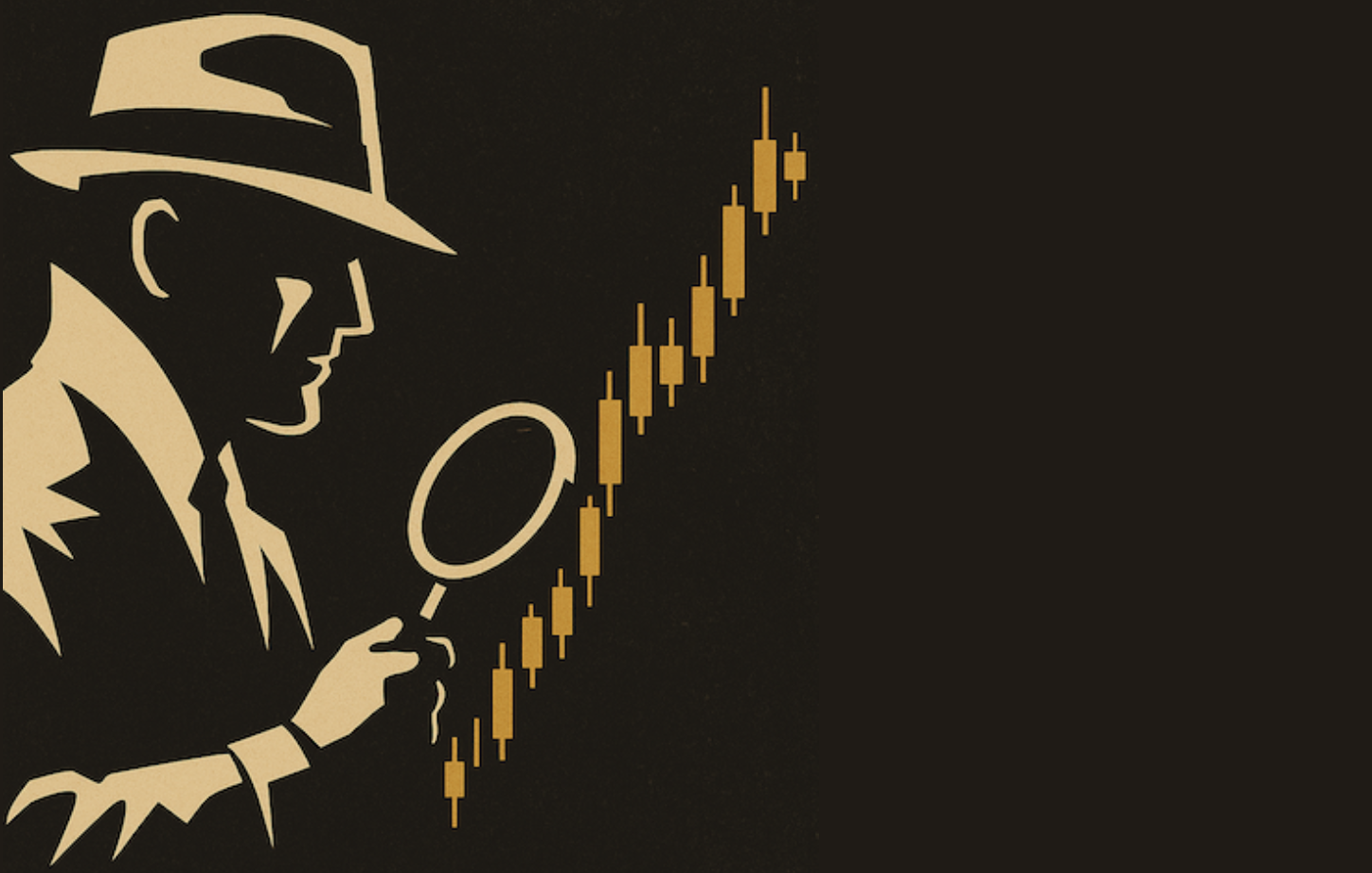USING TRIX AND AROON FOR IDENTIFY THE LONG-TERM TREND -- FINANCE SPDR FIRMS NEAR APRIL LOWS -- REGIONAL BANK SPDR FORMS TRIANGLE CONSOLIDATION -- RETAIL SPDR FORMS WEEKLY DARK CLOUD PATTERN -- DOLLAR BULLISH ETF BOUNCES OFF LONG-TERM TRENDLINE
USING TRIX AND AROON FOR IDENTIFY THE LONG-TERM TREND... Link for todays video. A few months ago I featured a simple trend identification system using the 18-week Aroon oscillators and the Trix oscillator (10,6). You can read more about both indicators in our ChartSchool. Aroon is a directional indicator that turns bullish when Aroon Up (green) crosses above Aroon Down (red) and bearish when Aroon Down crosses above Aroon Up. The TRIX is based on the change in the triple smoothed exponential moving average. Momentum favors the bulls when the TRIX is above its signal line and the bears when below the signal line. A downtrend starts when both indicators turn bearish and does not reverse until both turn bullish. A change in one signals a potential change, but it needs to be confirmed by the other or on the price chart.

(click to view a live version of this chart)
Chart 1
Chart 1 shows the S&P 500 ETF (SPY) with weekly candlesticks and six signals over the last four years, three bear and three bull. The dynamic duo signaled an uptrend in December 2011 and remains in bull mode. Most recently, the TRIX moved below its signal line for the first time since mid October. This shows waning upside momentum, but the real trouble does not start unless the TRIX nears the zero line. Also notice that Aroon Up remains above Aroon Down and SPY is still above its April low. A break below these lows would support the bearish cause. A bearish cross in the Aroons would complete the bearish trend reversal.
FINANCE SPDR FIRMS NEAR APRIL LOWS... The Finance SPDR (XLF) is consolidating within an uptrend and establishing key support with the April lows. A successful test would be positive for the broader market, while a break down could pull the broader market lower. Chart 2 shows XLF hitting support near the October trendline and the April lows. Since peaking at 16, the ETF has basically consolidated the last 7-8 weeks. A move below these lows would break key support levels and reverse the uptrend. The uptrend has not reversed just yet though. Note that a back of the envelope wave count shows the ETF currently in a Wave 4 correction, which implies a Wave 5 advance ahead. The November-March advance is clearly strong and indicative of a Wave 3.

(click to view a live version of this chart)
Chart 2
Finance is, of course, a key sector to watch because it led the market higher from November to March. The indicator window shows the Price Relative (XLK:SPY ratio). This relative performance line flattened in April, but has yet to turn down and break support. A move below the support line would indicate a return to relative weakness in this key sector, which is dominated by the too-big-to-fail banks.
REGIONAL BANK SPDR FORMS TRIANGLE CONSOLIDATION... Chart 4 shows the Regional Bank SPDR (KRE) consolidating with a triangle pattern. A basic wave count shows KRE also within a potential Wave 4 consolidation or correction. A break above triangle resistance would signal a continuation higher and signal the start of Wave 5. Even though the wave count points to further gains, I will be watching triangle support closely. A break below support would suggest a deeper correction that could retrace a portion of Wave 3.

(click to view a live version of this chart)
Chart 3
RETAIL SPDR FORMS WEEKLY DARK CLOUD PATTERN... With a strong open and weak close last week, chart 5 shows the Retail SPDR (XRT) forming a dark cloud pattern on the weekly charts. This is a bearish reversal pattern that would be confirmed with further weakness below the April lows. First, note that a dark cloud is a two candlestick pattern. The first is a long white candlestick in the direction of the uptrend. The second is a black candlestick that forms with an open above the prior high and a close below the mid point of the white candlestick. This marks a partial reversal during the week and a move below the low of the white candlestick would confirm this pattern. Also notice that follow-through below this level would break the April lows and the trendline extending up from August. A support break here would target further weakness towards the next support zone in the 53-54 area. Broken resistance and the 50% retracement line mark potential support here.

(click to view a live version of this chart)
Chart 4
Chartists should keep an eye on the Retail SPDR because it represents an important part of the consumer discretionary sector and the economy. The Consumer Discretionary SPDR (XLY) has been the strongest sector this year and relative strength from retail played a big part. Retail spending drives some 2/3 of GDP, which makes retail a key player in the economy.
Chart 6 shows the Market Vectors Retail ETF (RTH) forming a harami or inside week. Notice that RTH is still holding the trendline extending up from August. Also note that this is an internal trendline because it cuts through the August and October lows. Drawing through these lows produces a trendline that is touched at least three times and looks valid. RTH is currently testing this trendline and I am marking key support at the April low.

(click to view a live version of this chart)
Chart 5
DOLLAR BULLISH ETF BOUNCES OFF LONG-TERM TRENDLINE... Chart 7 shows the US Dollar Fund (UUP) with some big swings the prior three years and a rather feeble upswing this past year. UUP was trading around 21.75 in May 2011 and just moved above 22 last week. Here we are one year later and the ETF is just a few cents above its May 2011 high. Nevertheless, the overall trend is up with a series of higher highs and higher lows since August 2011. It is now make-or-break time for this uptrend. Notice how UUP hit the August trendline with last weeks low. Support in this area extends back to the February low. Bottom line: UUP better hold the February-April lows. A break below these levels would reverse the long-term uptrend. As long as support holds, I will be watching the April highs for the next directional signal.

(click to view a live version of this chart)
Chart 6
The future of the Dollar ETF is tied to the Euro because the Euro accounts for around 57% of the ETF (and the US Dollar Index ($USD)). Chart 8 shows FXE with five big swings the last four years. Also note that the four year trend is down with lower highs in 2009 and 2011. The swing since May 2011 is down and a continuation of the four year channel would target a move well below 120. Before getting too bearish, keep in mind that anything is possible and the Dollar has potential problems of its own (mountain of debt, divided government etc...). I will stay bearish of the Euro as long as the April highs hold. A move above 132.50 would break the blue trendline and call for a reassessment.











